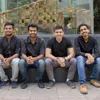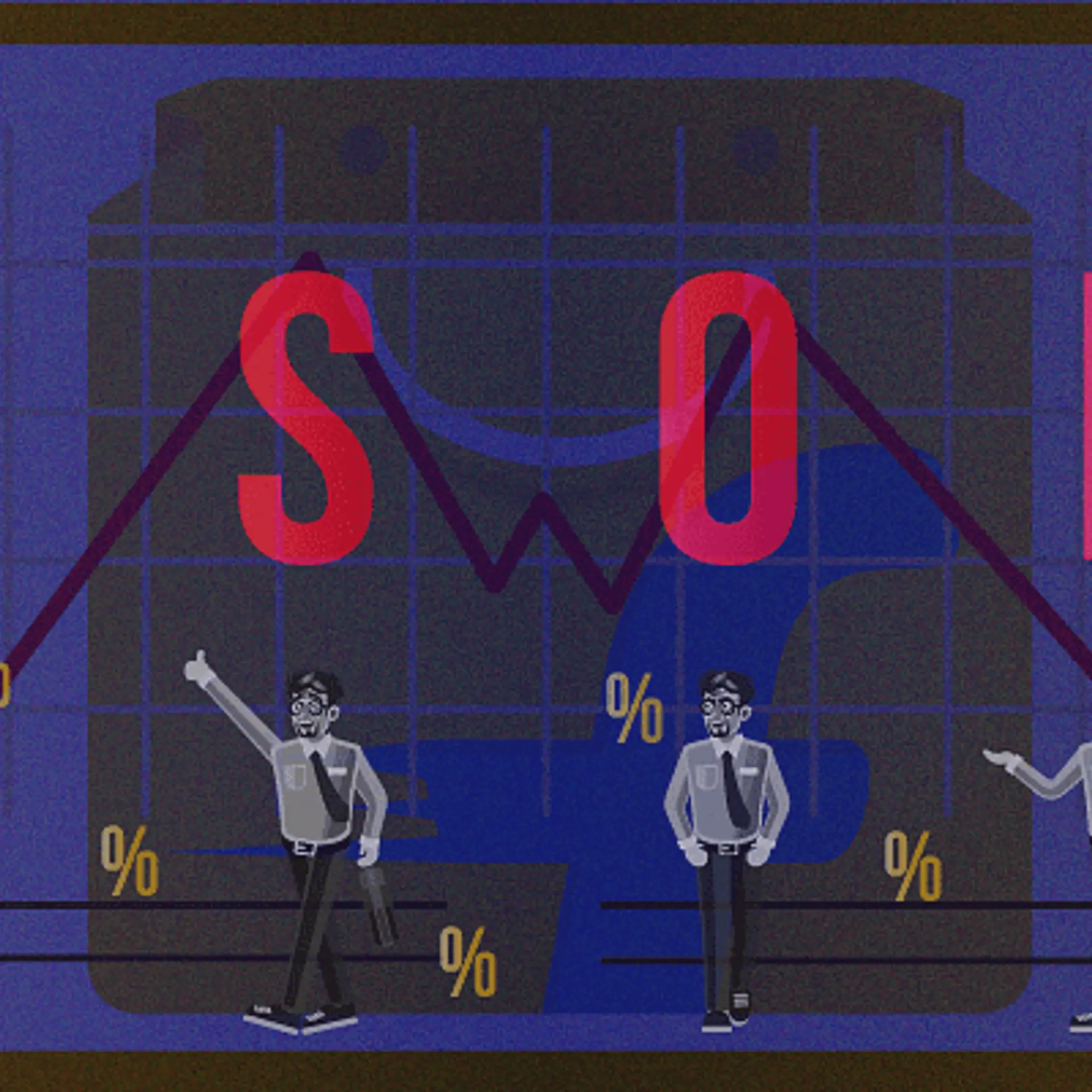Why Manikandan Thangarathnam chose mobility with Uber after 13 years in Amazon
In a conversation with YourStory, Manikandan Thangarathnam reveals why he joined Uber as the senior director leading all rider and platform engineering teams in Bengaluru, how technology can solve for modern challenges, and Uber’s plans for the future.
The pandemic has put the brakes on the mobility space. A recent McKinsey report said the traditional automotive sector was likely to produce 7.5 million fewer vehicles in 2020, due to the spread of COVID-19.
While this has led to job loss, salary cuts, and furloughs, the sector has also drawn the attention of senior leaders such as Manikandan 'Mani' Thangarathnam.
Mani , who joined in October 2020 as the senior director to lead all rider and platform engineering teams in Bengaluru, has over 20 years of experience in spearheading engineering efforts across global majors, including a 13-year stint at Amazon, building several core platforms and products.
In his most recent role, he led engineering efforts for the Amazon Appstore and was instrumental in bootstrapping the tech major’s Chennai office and building a vast team of engineers.
Uber is looking to hire 85 more engineers in India, in addition to the hiring announcement of 140 engineers it made in September 2020.
In a conversation with YourStory, Mani spoke about why he chose to shift to Uber after 13 years at Amazon, how technology can solve for challenges amidst the need for social distancing, and Uber’s plans for the future.
Edited excerpts from the interview:
YourStory (YS): Tell us about the move from Amazon to Uber. Why choose Uber now? What was the problem that attracted you?
Manikandan Thangarathnam (MT): There’s a phase of disruption in technology for various segments and industries. Over the past couple of decades, music, ecommerce, books, video streaming, smartphones, all had their digital disruption at different points in time.
It’s in the past few years that we’ve seen technology getting to mobility. I feel disruption in this space is only getting started.
Uber is at the forefront of innovation in this segment and I want to be part of this transformational journey.
Here, one has ample opportunity to play a major role in defining the way people or things move anywhere in the world. I enjoy working on these large visions that change the way people live.

YS: What are your plans and aims for tech in India? What do you hope to change in Uber tech from India?
MT: We have teams in India that work across all key tech verticals of Uber - Rider, Fintech, Uber4Business, Maps, Customer Obsession, Marketplace, IT Engineering, Infrastructure, Risk and Payments, Ad Tech, Eats, Global Scaled Solutions, and Data.
We are offering services at Uber scale in each of these verticals. We are innovating in each of these areas to drive our collective vision of disruption in the mobility industry. We have the best of talent at Uber India driving these innovations and offering the best experience to hundreds of millions of users.
YS: Mobility has been hit the hardest during the pandemic. How do you think technology can solve for these challenges amidst the need for social distancing?
MT: We are leveraging technology to adapt to mobility changes as a result of the pandemic. We have leveraged many applications of technology from our Mobility business and used them in our Delivery vertical to enhance our delivery experience for customers.
The pandemic opened up new channels of innovation, with use cases being very new and unique. The teams developed features such as in-app mask verification, virtual green light hubs to help drivers with their concerns, and active map updates taking into account the various containment zones across cities.
Uber will continue to adapt and move fast to solve these interesting challenges with technology.

YS: What are the job creation measures the tech centre will take and how many people are you looking to hire?
MT: As we announced earlier, we opened 225 positions in India and are actively hiring. We are looking for people who can join us to create, innovate, and transform the sectors of mobility and delivery. India is an important tech hub, and we’re building teams here to innovate for the world.
YS: Uber has built several products from India for the world. What are your plans for this year? Are you looking at India-specific problems?
MT: Uber is well known for its real-time innovation and delivering the best customer experience. We are working on a set of interesting problems and their solutions, which will be released in different markets based on their need.
India is a top priority for Uber, and we will continue to innovate for Indian customers. Solving mobility problems is one of the missions at the core of Uber’s ethos. We develop products and services suiting the very diverse needs of countries.
When India went under nationwide lockdown to arrest the spread of COVID-19, our engineering and product teams worked nights to solve the problem of delivery of essential services.
We launched solutions such as Uber Medic to help transport healthcare professionals from their homes to hospitals, and Uber Essential to ensure people had rides to get to critical places as hospitals and pharmacies.
YS: What can we expect in the near future from Uber?
MT: Uber is solving large, real-life issues in the mobility and delivery space; I want to be a big part of this mission. I strongly feel that we can achieve our goals by hiring the right set of people and driving the right set of culture within the organisation. I spend time building that trust and confidence with every engineer so that they are set up for success as we ride towards the bigger Uber mission.
Edited by Teja Lele



![[TechSparks 2020] Interoperability, dignity of labour, and growing EV focus: the way ahead in last-mile mobility](https://images.yourstory.com/cs/2/a9efa9c02dd911e9adc52d913c55075e/Images79r-1604031255052.jpg?fm=png&auto=format&h=100&w=100&crop=entropy&fit=crop)





